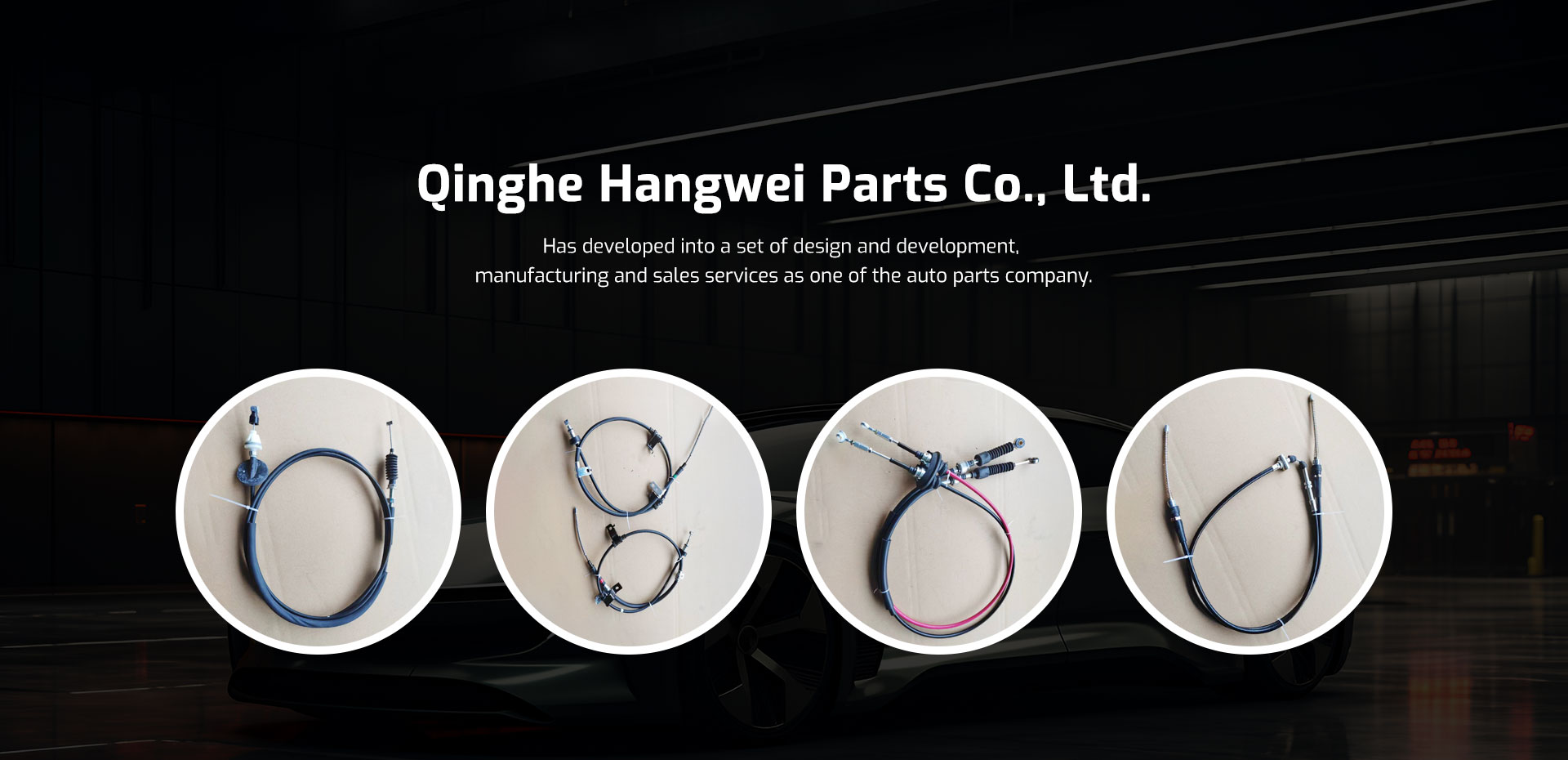gear cables
Understanding Gear Cables The Unsung Heroes of Your Bicycle
When it comes to bicycles, many riders often think about the frame, the wheels, or even the fancy components like derailleurs and shifters. However, one of the most crucial components that often goes unnoticed is the gear cable. These seemingly simple pieces of equipment are essential for the smooth operation of a bike's gear shifting system. In this article, we'll explore the role of gear cables, their types, maintenance, and why they deserve more attention from cyclists.
What Are Gear Cables?
Gear cables are thin, flexible wires that connect the shifters on your handlebars to the derailleurs located on the front and rear of the bicycle. When a rider shifts gears using the shifters, it pulls or loosens these cables. This action prompts the derailleurs to move either the front chainrings or the rear cassette, facilitating a change in the gear ratio. This change allows for easier pedaling on inclines or faster speeds on flat terrain.
Types of Gear Cables
1. Inner Cables These are the actual steel wires that function as the transmission medium for the force applied by the shifters. Inner cables are made of durable stainless steel or sometimes coated for added smoothness and resistance to corrosion.
2. Outer Cables Also known as cable housing, these protect the inner cables from dirt, moisture, and abrasion. They are typically made from plastic or metal and come in various lengths and colors to suit different bike styles.
3. Derailleur Cables Specific types of inner cables are designed for either front or rear derailleurs, each taking into account the specific mechanics of how they operate.
4. Shifter Cables These cables connect the shifters on the handlebars to the derailleur system. They can be single or multiple, depending on the design of the bike's gearing system.
Importance of Gear Cables
gear cables

The importance of gear cables cannot be overstated. They directly impact the bike's performance. Worn or poorly maintained cables can result in sluggish or inaccurate shifting, making it difficult to engage the desired gear. In extreme cases, broken cables can leave a rider stranded with an inoperable gear system, which can be particularly problematic during long rides or races.
Maintenance of Gear Cables
Regular maintenance of gear cables is essential to ensure optimal performance and longevity. Here are some key maintenance tips
1. Routine Inspection Periodically inspect the cables for wear and tear, rust, or fraying. Look for signs of damage, particularly at the points where cables enter the housing.
2. Cleaning Keeping the cables clean will help them perform better. Wipe down the exposed parts with a soft cloth and apply a light lubricant to reduce friction.
3. Adjusting Tension If you notice shifting issues, check the cable tension. Many shifters have built-in adjustment mechanisms to help fine-tune this tension, ensuring smooth gear changes.
4. Replacement As a general rule of thumb, it's wise to replace gear cables every year or at least every season, especially if you ride frequently. Investing in some quality cables can significantly enhance your bike's performance.
Conclusion
In conclusion, gear cables may not be the flashiest or most glamorous components of a bicycle, but they play a vital role in ensuring a smooth and efficient riding experience. By investing time in understanding and maintaining your bike's gear cables, you can enjoy better performance and a more reliable shifting mechanism. So next time you think about upgrading your bike or preparing for a ride, don’t forget to give some love to those unsung heroes, the gear cables! They truly make a world of difference on the road or trail.
-
Workings of Clutch Pipe and Hose SystemsNewsJun.04,2025
-
The Inner Workings of Hand Brake Cable SystemsNewsJun.04,2025
-
The Secrets of Throttle and Accelerator CablesNewsJun.04,2025
-
The Hidden Lifeline of Your Transmission Gear Shift CablesNewsJun.04,2025
-
Demystifying Gear Cables and Shift LinkagesNewsJun.04,2025
-
Decoding Clutch Line Systems A Comprehensive GuideNewsJun.04,2025
